A bone fracture is a medical condition where the continuity of the bone is broken.
A significant percentage of bone fractures occur because of high force impact or stress.
However, a fracture may also be the result of some medical conditions which weaken the bones, for example, osteoporosis, some cancers, or osteogenesis imperfecta (also known as brittle bone diseases).
A fracture caused by a medical condition is known as a pathological fracture.
Fractures can occur in any bone of the body.
The word “break” is commonly used by lay (non-professional) people.
Among doctors, especially bone specialists, such as orthopedic surgeons, “break” is a much less common term when talking about bones.
A crack (not only a break) in the bone is also known as a fracture. Fractures can occur in any bone in the body.
There are several different ways in which a bone can fracture; for example, a break to the bone that does not damage surrounding tissue or tear through the skin is known as a closed fracture.
On the other hand, one that damages the surrounding skin and penetrates the skin is known as a compound fracture or an open fracture. Compound fractures are generally more serious than simple fractures, because, by definition, they are infected.
Most human bones are surprisingly strong and can generally stand up to fairly strong impacts or forces. However, if that force is too powerful, or there is something wrong with the bone, it can fracture.
The older we get, the less force our bones can withstand. Because children’s bones are more elastic, when they do have fractures they tend to be different. Children also have growth plates at the end of their bones – areas of growing bone – which may sometimes be damaged.
Types
There is a range of fracture types, including:
-
Avulsion fracture – a muscle or ligament pulls on the bone, fracturing it.
-
Comminuted fracture – the bone is shattered into many pieces.
-
Compression (crush) fracture – generally occurs in the spongy bone in the spine. For example, the front portion of a vertebra in the spine may collapse due to osteoporosis.
-
Fracture dislocation – a joint becomes dislocated, and one of the bones of the joint has a fracture.
-
Greenstick fracture – the bone partly fractures on one side but does not break completely because the rest of the bone can bend. This is more common among children, whose bones are softer and more elastic.
-
Hairline fracture – a partial fracture of the bone. Sometimes this type of fracture is harder to detect with routine x-rays.
-
Impacted fracture – when the bone is fractured, one fragment of bone goes into another.
-
Intraarticular fracture – where the break extends into the surface of a joint
-
Longitudinal fracture – the break is along the length of the bone.
-
Oblique fracture – a fracture that is diagonal to a bone’s long axis.
-
Pathological fracture – when an underlying disease or condition has already weakened the bone, resulting in a fracture (bone fracture caused by an underlying disease/condition that weakened the bone).
-
Spiral fracture – a fracture where at least one part of the bone has been twisted.
-
Stress fracture – more common among athletes. A bone breaks because of repeated stresses and strains.
-
Torus (buckle) fracture – bone deforms but does not crack. More common in children. It is painful but stable.
-
Transverse fracture – a straight break right across a bone.
Symptoms
Symptoms of a bone fracture can vary wildly depending on the affected region and severity.
The signs and symptoms of a fracture vary according to which bone is affected, the patient’s age and general health, as well as the severity of the injury. However, they often include some of the following:
-
pain
-
swelling
-
bruising
-
discolored skin around the affected area
-
angulation – the affected area may be bent at an unusual angle
-
the patient is unable to put weight on the injured area
-
the patient cannot move the affected area
-
the affected bone or joint may have a grating sensation
-
if it is an open fracture, there may be bleeding
When a large bone is affected, such as the pelvis or femur:
-
the sufferer may look pale and clammy
-
there may be dizziness (feeling faint)
-
feelings of sickness and nausea.
If possible, do not move a person with a broken bone until a healthcare professional is present and can assess the situation and, if required, apply a splint. If the patient is in a dangerous place, such as in the middle of a busy road, one sometimes has to act before the emergency services arrive.
Causes
Most fractures are caused by a bad fall or automobile accident. Healthy bones are extremely tough and resilient and can withstand surprisingly powerful impacts. As people age, two factors make their risk of fractures greater: Weaker bones and a greater risk of falling.
Children, who tend to have more physically active lifestyles than adults, are also prone to fractures.
People with underlying illnesses and conditions that may weaken their bones have a higher risk of fractures. Examples include osteoporosis, infection, or tumor. As mentioned earlier, this type of fracture is known as a pathological fracture.
Stress fractures, which result from repeated stresses and strains, commonly found among professional sportspeople, are also common causes of fractures.
Diagnosis and treatment
The medical intervention focuses on supporting the bone as it heals naturally.
A doctor will carry out a physical examination, identify signs and symptoms, and make a diagnosis.
The patient will be interviewed – or friends, relatives, and witnesses if the patient cannot communicate properly – and asked about circumstances that caused the injury or may have caused it.
Quickobook brings you the ease of getting appointments with the best doctors sitting at your home.
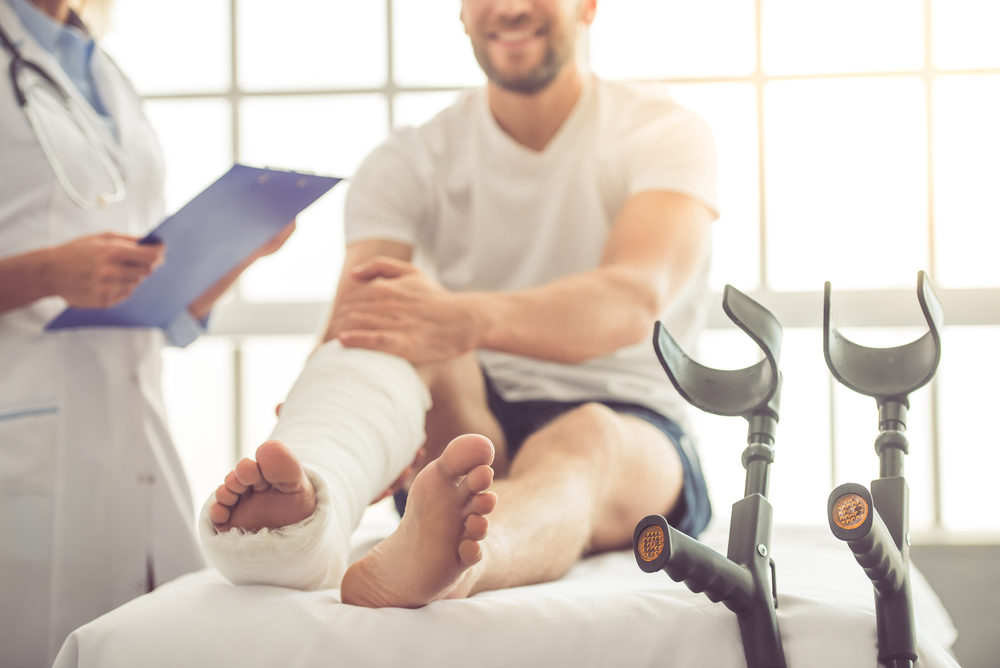

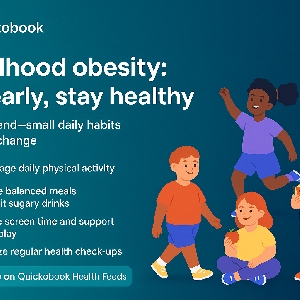
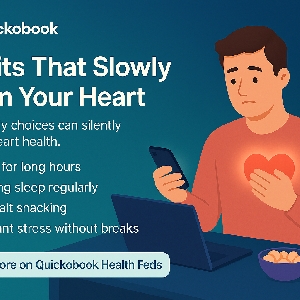
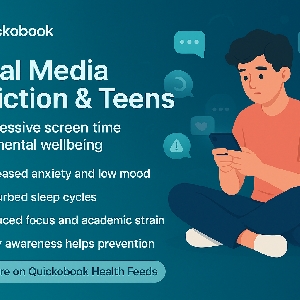
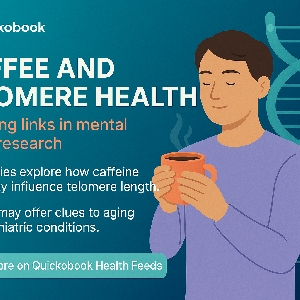
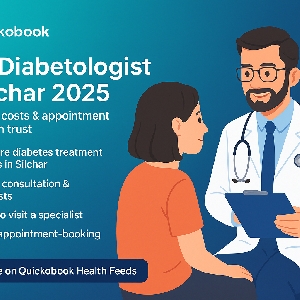


Comments (0)
No comments yet. Be the first to share your thoughts!
Leave a Comment